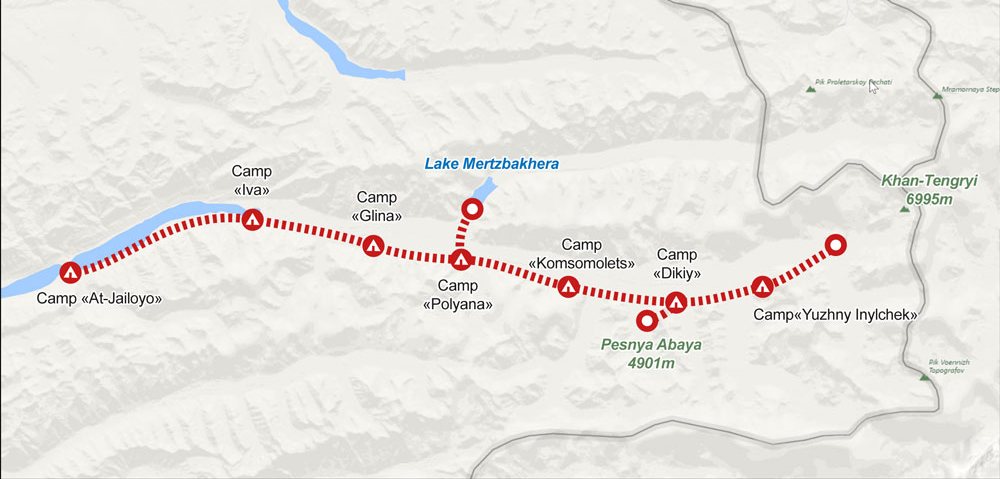September 13, 2017
Separating The Facts From The Assumptions.
[originally published at Forbes]
I was both astonished and, more so, frustrated by the recent op-ed by U.S. Senator Jeanne Shaheen in the NYT. It is not only damaging the reputation and livelihood of the 300-plus Kaspersky Lab employees in the United States, but also detracting from valid concerns about the ability of different nations to engage in cyberespionage and to direct digitally enabled attacks against critical infrastructure.
But I won’t argue almost every point in the piece here; you can see our post in which we explain how the ‘facts’ in it are anything but accurate.
I want to tell you another story here. A story of our interconnected world – where geopolitical fears are not driving trade wars or aggressive protectionism. In this world, we have the opportunity to choose not just American, Russian, Chinese or Japanese – we can choose the best. Or the worst. Or proudly choose domestic. But we have the right to choose. And that is a cornerstone of modern democratic society – freedom of choice. And it’s a cornerstone of U.S. economic dominance. Customers all around the world can choose the best operating systems, the best smartphones, and the best software. And almost always, it’s an American product. And people choose it not because of its origin or because the government told them to, but because they want to. Look at the top-10 largest companies based on market value. Eight are American, two Chinese. Do you think they’d be doing so well if governments around the world banned them?
Are we now banning companies based on its origin? Is it really the path we go on now? Imagine just how easy it is for any other country to exclude, for example, Microsoft, Oracle, SAP, Hitachi from governmental contracts based on allegations and speculations, without evidence saying “They’re a potential threat…; we’re very concerned about them [foreign software developers] and the security of our country!”
Also, information security is a different challenge all together. To be the most effective, the cybersecurity community needs to work side-by-side with industries and governments to actively fight cybercriminals and cyberterrorists. Given that these attackers don’t respect geopolitical borders, working together, versus isolation, is the key to making significant steps in the fight against cyberattacks. Unfortunately, misinformation and inaccurate perceptions are driving forward a dangerous agenda that may impact global cybersecurity, as origin may start dictating what technology is used instead of being able to choose the best solutions and experts available.
Internet balkanization is already here. More and more countries developing protectionist legislation making it harder and harder for global companies to cooperate and share data. Trust between countries, companies and customers is corrupted. CEOs of well-known companies warn against such policies. “The biggest barriers I think that we see are not around engineering. It is around regulation. It is around protectionism. It is around trust, or lack thereof. It’s around policies and procedures,” says Xerox Chairman and CEO Ursula Burns. Apple CEO Tim Cook also praised globalization as generally “great for the world” and cautioned against isolationism.
No less important is the fact that the main beneficiaries of internet balkanization are cybercriminals. “US citizens lost over two billion personal records…over 100 million Americans had their medical records stolen,” according to Steve Langan, chief executive at Hiscox Insurance. Moreover, we are ready to support U.S. law enforcement agencies in the fight against cybercrime, in particular with the fight against Russian cybercrime. We have many cybersecurity experts based in Russia who are often the first to detect and protect from the threats coming from the cradle of cybercrime. They did it two years ago with Carbanak, one of the biggest cyber gangs in history. They did it earlier this year when we announced our research on Lazarus, the North Korean hacking group attacking many victims around the world, including Sony Pictures. We want to help, but unfortunately the current geopolitical turbulence and recent allegations do not help us in protecting America.
Are we returning to the days of McCarthyism? When did it become OK to declare a company is guilty without one shred of public evidence? In addition, while the U.S. has talented cybersecurity experts, smart people, who are dedicated to fighting cybercriminals, are born and educated all around the world. If the most sophisticated cyber threats are coming from countries outside of the U.S., don’t you think using cyberthreat data and technologies from experts located in those countries might be the most effective at protecting your valuable data, especially given that they are fighting against those local threat actors every day?
It is time to separate geopolitics from cybersecurity. We need to work together globally. Kaspersky Lab has good relationships and regularly helps law enforcement agencies all over the world fight cybercrime, and we hope the U.S. will also consider learning more about us, and who we truly are, versus the rhetoric and false assumptions. We’re ready to demonstrate that we have nothing to hide, and that we only want to help defeat cybercriminals and prevent cyberattacks.
With that said, I previously offered to meet with Senators, Representatives, Committees, and federal agencies, publicly or privately, to answer any questions regarding my company or me. The offer still stands.
































